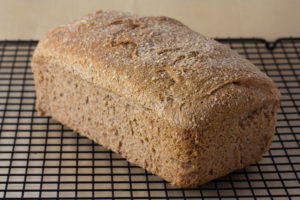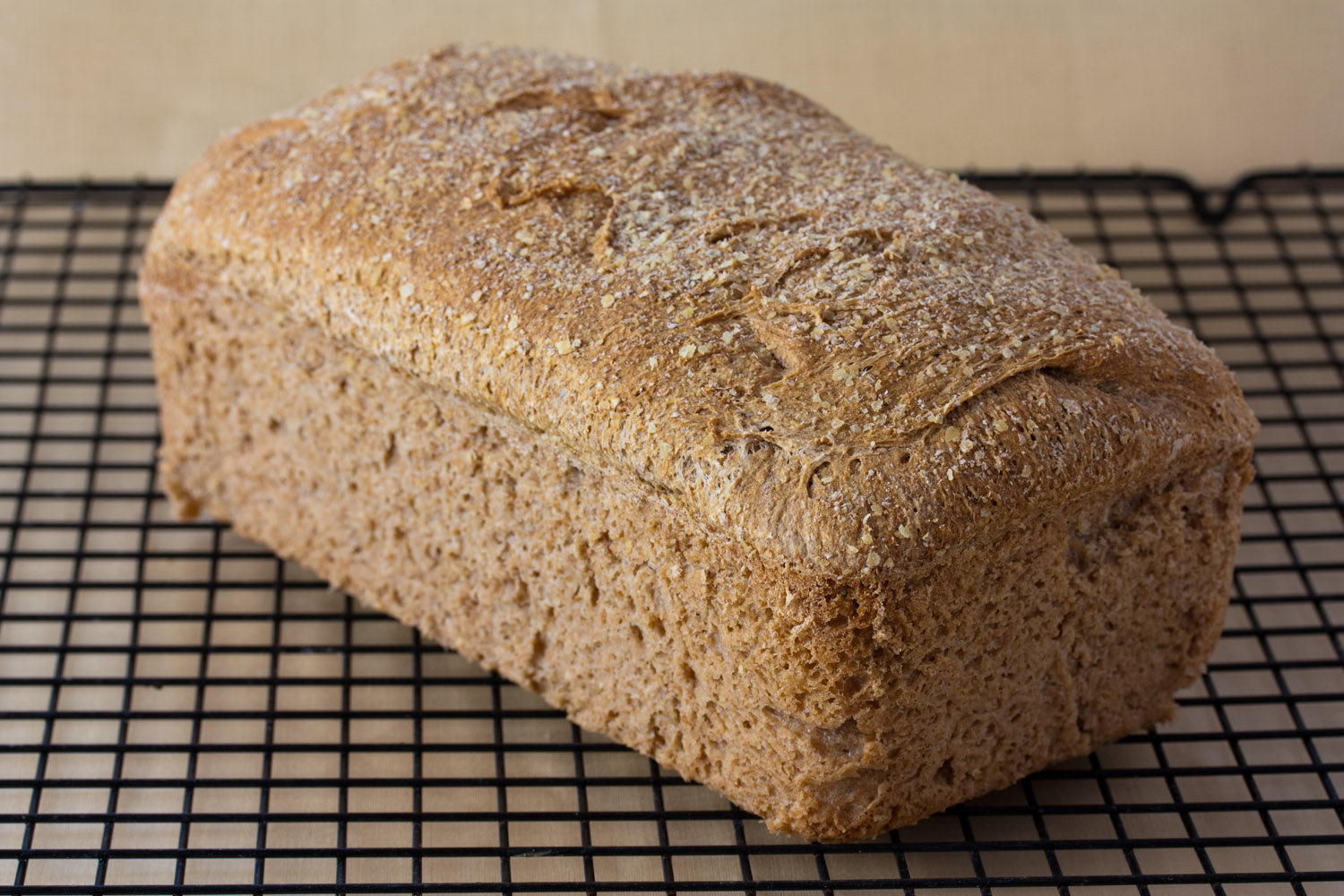
Photo courtesy of wikipedia.
Most people have probably heard of “whole grains,” but may not be totally sure about what that means. Whole grains are an important food that gives us great nutrients and benefits.
A
grain has three parts: the bran, the germ and the endosperm. The bran is the outermost layer of the grain and contains important B vitamins, protein and fiber. The embryo of the grain is the germ which also contains B vitamins and some protein. The biggest portion is the endosperm which is what gives the grain its carbohydrates and calories. Knowing the basic structure of a grain can help you understand what makes whole grains good for you.
When a grain is processed, the bran and germ are generally removed, leaving only the endosperm. This takes away all of the great nutrients in those parts of the grain including B vitamins, some protein and fiber.
Some of these nutrients are added back to the grain through a process called enrichment which means adding nutrients back to a food that were originally there, but were taken away through processing. Nutrients that are added back to grains in this process are riboflavin, niacin, thiamin, folate and iron. Many cereal products are made in this way. This may make it sound like enriched flours and grain products are still pretty good, but many nutrients that are lost in processing are not added back. These include fiber, vitamin B6, vitamin K, zinc and potassium, to name a few. There is also a small amount of protein in whole grains that is lost in processing as well.
To find something that retains all of these nutrients in their original amounts, it is important to find foods labeled “100 percent whole grain.” This will ensure you are getting all of the healthy things that are naturally found in grains.
There is generally a 100 percent whole grain variety of every grain, including bread, rice, pasta and oats. These are usually easy to spot in grocery stores and can give you a nice side-by-side comparison to refined grains in order that you see the differences in nutrient levels by reading the nutrition label, looking for fiber, protein, vitamins and minerals.
If you do not like the taste of a whole grain product but would like to make your food healthier, go half and half. Replace half of your refined, regular pasta, for example, with 100 percent whole wheat pasta. If you add your normal sauce or toppings you probably will not find a huge difference but will be giving yourself a lot more nutritional value.
At a restaurant or when you are eating out, ask if there is a whole grain variety of something if you do not see it on the menu. Many restaurants will be happy to replace bread, wraps or pasta with a whole grain variety but may not clearly advertise that they will do so.
Remember to enjoy your grains and get the most out of them. Try switching half of your grains to whole grains to start.



